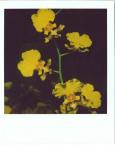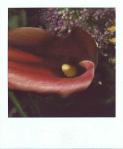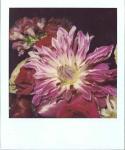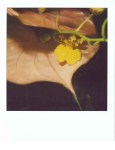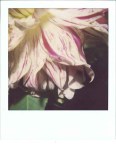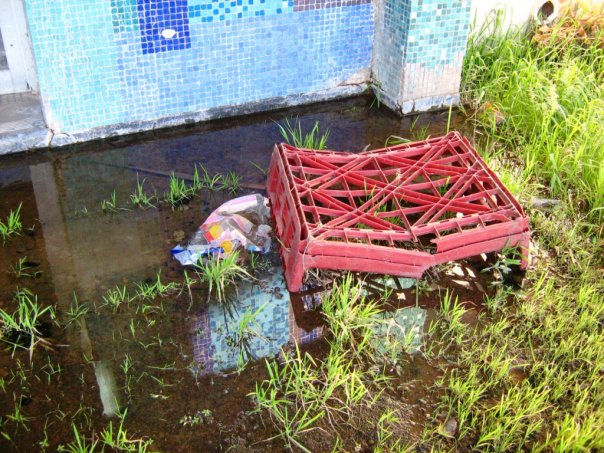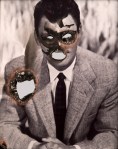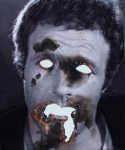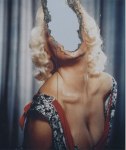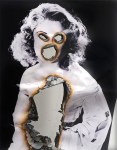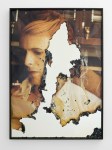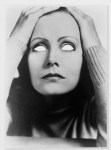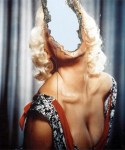
Andres Serrano´s Piss Christ is a photograph is of a small plastic crucifix submerged in what appears to be a yellow liquid. The artist has described the substance as being his own urine in a glass. The photograph was one of a series of photographs that Serrano had made that involved classical statuettes submerged in various fluids—milk, blood, and urine.The full title of the work is “Immersion (Piss Christ)”.The photograph is a 60×40 inch Cibachrome print. It is glossy and its colors are deeply saturated. The presentation is that of a golden, rosy medium including a constellation of tiny bubbles. Without Serrano specifying the substance to be urine and without the title referring to urine by another name, the viewer would not necessarily be able to differentiate between the stated medium of urine and a medium of similar appearance, such as amber or polyurethane.
Serrano has not ascribed overtly political content to Piss Christ and related artworks, on the contrary stressing their ambiguity. He has also said that while this work is not intended to denounce religion, it alludes to a perceived commercializing or cheapening of Christian icons in contemporary culture.
” Here’s a thought experiment. Are you deeply offended by works of art such as Andres Serrano’s Piss Christ, which depicts Jesus as seen through a jar of urine, or Chris Ofili’s The Holy Virgin Mary, which shows Mary smeared with elephant dung? So offended that you think they ought to be banned and the galleries that display them prosecuted? No? OK, then try replacing the religious figures in these pictures with the sacred icons of progressive politics, people such as Martin Luther King and Nelson Mandela. How would you feel if you walked into an art gallery and saw an image of King submerged in urine or Mandela smeared with excrement?
Many people are likely to feel torn. Liberals know the reasoned arguments for freedom of expression and the importance of being consistent on matters of principle. On the other hand, it would be surprising if they did not also feel disgusted and affronted. How dare anyone pass off such gratuitously offensive images as works of art? Shouldn’t they be stopped? Jonathan Haidt, who gives a version of this thought experiment in his provocative new book, wants us to know that reason and instinctive outrage are always going to co-exist in cases like this. What’s more, in most instances, it’s the outrage that will be setting the agenda.
The arresting image Haidt gives for our sense of morality is that it’s like a rational rider on top of an intuitive elephant. The rider can sometimes nudge the elephant one way or the other, but no one should be in any doubt that the elephant is making the important moves. In fact, the main job of the rider is to come up with post-hoc justifications for where the elephant winds up. We rationalise what our gut tells us. This is true no matter how intelligent we are. Haidt shows that people with high IQs are no better than anyone else at understanding the other side in a moral dispute. What they are better at is coming up with what he calls “side-arguments” for their own instinctive position. Intelligent people make good lawyers. They do not make more sensitive moralists.
Where do these moral instincts come from? Haidt is an evolutionary psychologist, so the account he gives is essentially Darwinian. Morality is not something we learn from our parents or at school, and it’s certainly not something we work out for ourselves. We inherit it. It comes to us from our ancestors, ie from the people whose instinctive behaviour gave them a better chance to survive and reproduce. These were the people who belonged to groups in which individuals looked out for each other, rewarded co-operation and punished shirkers and outsiders. That’s why our moral instincts are what Haidt calls “groupish”. We approve of what is good for the group – our group.”
Read the rest of Runciman´s text here






